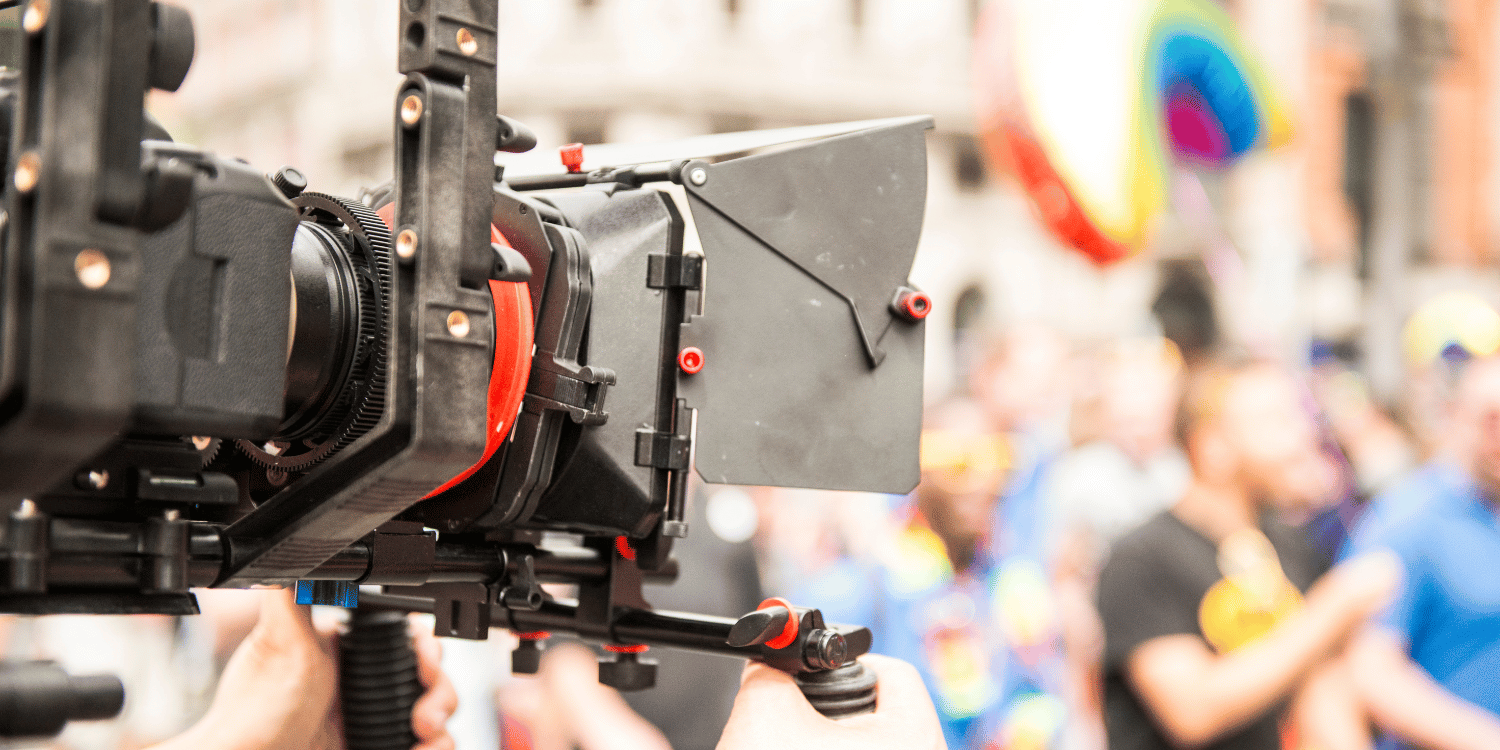
“Lights, Camera, Faith” is not necessarily the combination that you’d usually expect. This week we’re shining a spotlight on churches and encouraging local teams to think about how we can use our many wonderful buildings as locations for film, TV, and advertising productions, providing an additional opportunity to generate income for parishes. With a wealth of several hundred beautiful and unique Grade I and Grade II listed historic and architecturally significant buildings, we have a lot to offer film and TV companies. In recent years, a number of churches have been approached including Holy Trinity, Much Wenlock, which featured in an episode of BBC’s Escape to the Country and St John the Baptist, Stokesay, which was featured in Netflix’s 2022 film Catherine Called Birdy. The film was directed by award-winning writer, producer and actor Lena Dunham. Based on the 1994 novel, the film is set in medieval England, and Stokesay Church, alongside the neighbouring Stokesay Castle, provided an authentic backdrop for the production. The church received payment for allowing its space to be used, providing valuable and unexpected income to the parish.
Revd Matthew Stafford explains: “We’ve been approached a few times by various TV production companies. On one more recent occasion, the production team asked to use the corner of one of the churchyards for half a day. They were very open to a contract being put in place and were more than happy to donate to the church. We sought advice from the diocesan comms team about how to approach this, and we agreed on a figure with the company. The money wasn’t expected but it helped to pay a few day-to-day running costs.”
For churches looking to follow Holy Trinity’s and Stokesay’s examples, there are important considerations when working with filmmakers and TV production companies. Firstly, it’s crucial to understand the terms of the agreement, including the duration of the filming, the fees involved, and any potential impact on church activities. Churches should ensure the preservation of their space, working with the production team to minimise any wear and tear on the building. Filmmakers often value historical accuracy and unique settings, making our many churches’ rich heritage an attractive option. Churches are advised to liaise with the diocesan comms team for support and to seek approvals from their Archdeacon, ensuring contracts are clear and safeguarding the sacred space.
Churches should also consider how the partnership can benefit their community. Allowing a film crew to use the church or even the churchyard could attract attention to the building’s historical value and offer new opportunities for local tourism. By working with filmmakers and marketing their distinctive locations, our churches can make a positive impact on their financial sustainability while remaining connected to their community and heritage. Sarah Whitelock, Communications Director, adds: “It’s also a great opportunity for some local PR, but do ask permission from the film and TV company before snapping the film crew and actors on location and tipping off the press or sharing the news on social media. There are often strict publicity rules to protect the production and actors, although most will allow you to share something.”
Churches can sign up to feature their buildings by registering with Creative England, which is part of Creative UK Group: https://england.reel-scout.com/loc_add.aspx . In Herefordshire, churches are encouraged to register their details with the county’s film office: https://www.herefordshirecountybid.co.uk/herefordshire-film-office .
- ENDS -